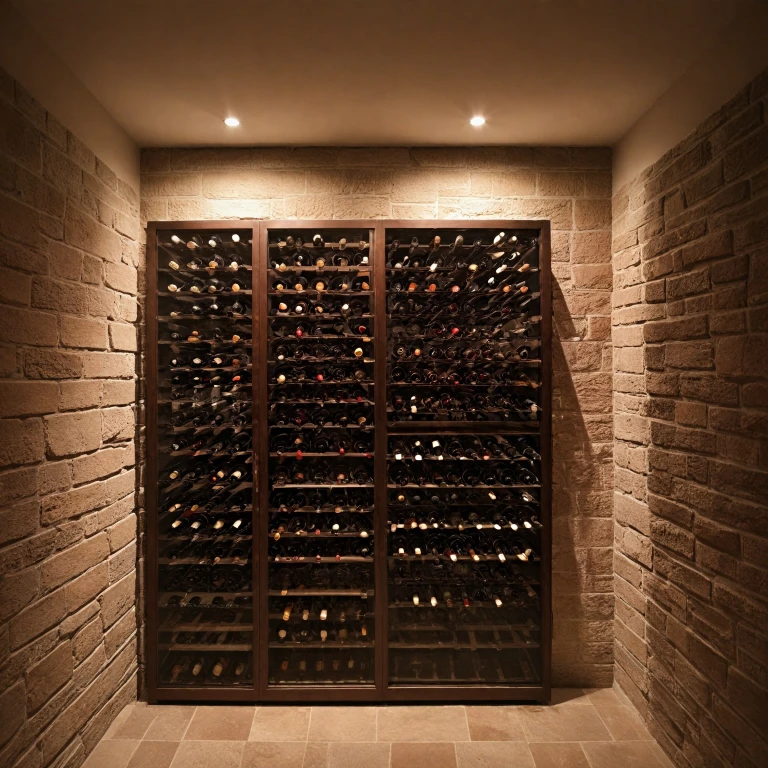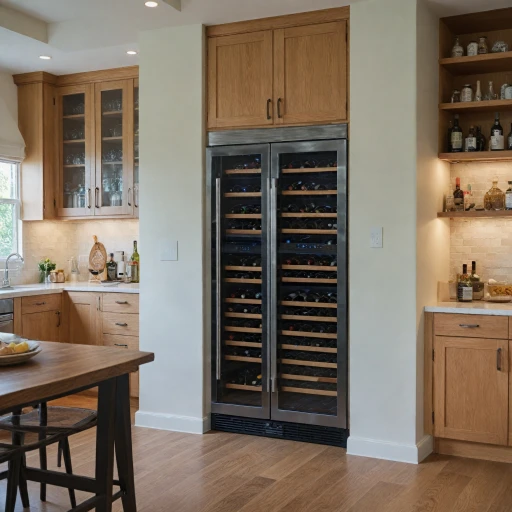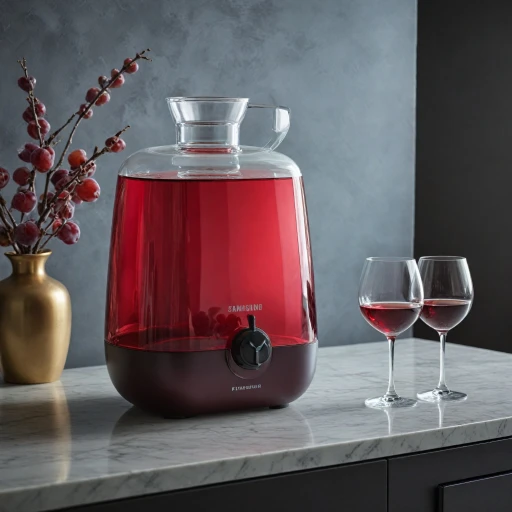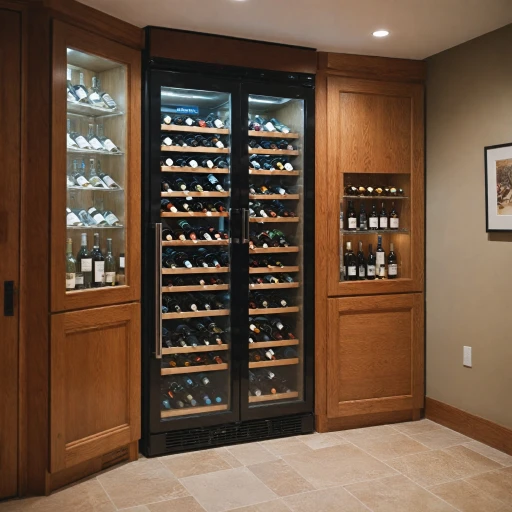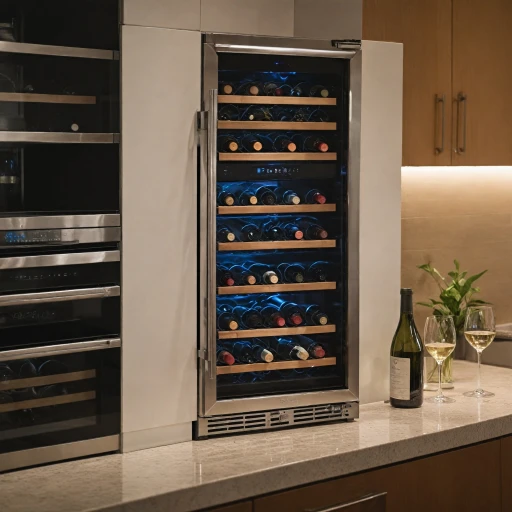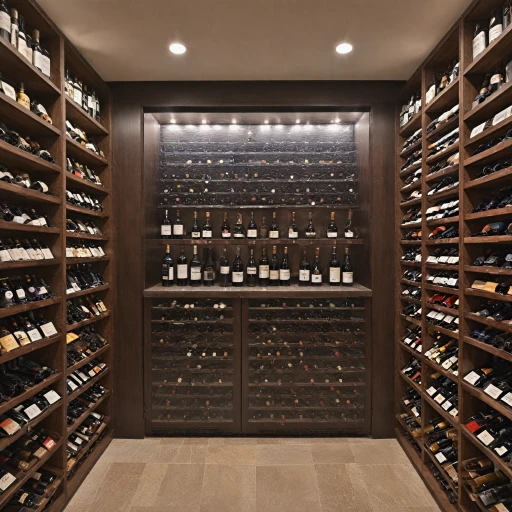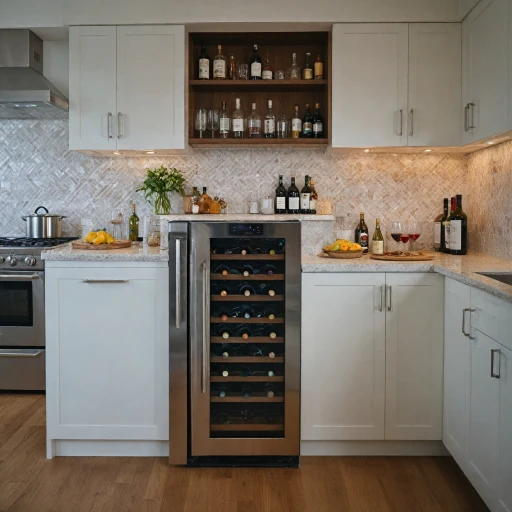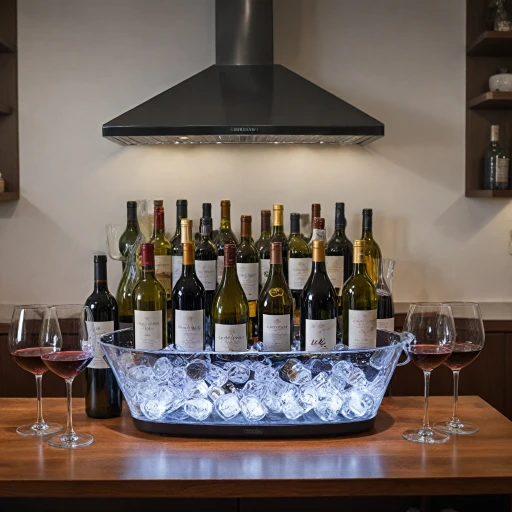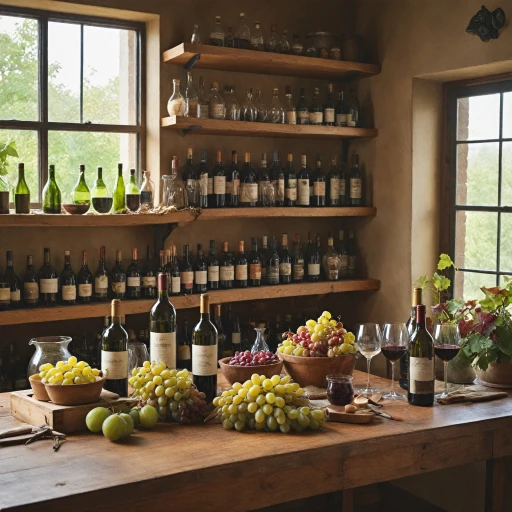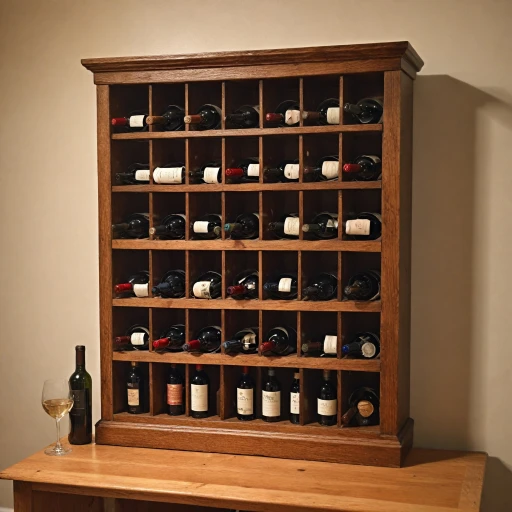
The Importance of Wine Cellar Cooling Units
The Crucial Role of Cooling Units in Wine Storage
The significance of wine cellar cooling units cannot be overstated. These systems are the unsung heroes that ensure your prized collection remains in optimal condition. Wine, as a delicate product, requires a stable and controlled environment to preserve its taste, aroma, and quality. Without a proper cooling system, temperature fluctuations and humidity levels can negatively impact your wine storage. This can lead to undesirable effects such as spoilage or premature aging. Thus, evaluating and selecting an appropriate unit for your wine cellar becomes a crucial step. In wine cellars, maintaining the ideal temperature is essential. A well-chosen wine cooling system ensures a consistent climate, safeguarding your investment in each bottle. Whether you opt for split, ductless, or fully ducted systems, each comes with its own set of advantages tailored to different cellars and budgets. For further insight into how these units make a difference, exploring various types of wine cooling units can help you understand what best suits your needs. In ensuring a seamless wine storage experience, the functionality of these systems remains paramount.Types of Wine Cellar Cooling Units
Exploring Different Wine Cellar Cooling Solutions
When it comes to maintaining the optimal conditions for your wine storage, the type of cooling unit you choose is crucial. Each cooling system offers its unique advantages, tailored to meet various space and budget requirements. Here's a breakdown of the primary types of wine cellar cooling systems available.
Self-Contained Cooling Units
Self-contained systems, often referred to as through-the-wall units, are popular for small to medium-sized wine cellars. These units are easy to install and resemble air conditioners, eliminating the need for complex installation processes. Simply mount the unit on a wall within your wine room, and it efficiently regulates temperature and humidity. They're ideal for those looking to manage a storage capacity of a few hundred cubic feet without extensive renovation.
Split Cooling Systems
Split systems are perfect for those who desire a quieter operation or need installation flexibility. In these setups, the condenser, which is often the noisiest part, is placed in a separate location, either outside or an adjacent room. This division results in a quieter cellar. Split systems cater to various-sized wine rooms, offering precise temperature controls and reliability.
Ducted Cooling Systems
For those with larger wine cellars or looking for an unobtrusive cooling solution, fully ducted systems are the go-to choice. These systems allow for cooling ducts to be routed throughout the cellar, ensuring even temperature distribution without visible equipment inside the cellars. The installation complexity and cost are higher, but they offer an aesthetically pleasing solution, often justifying the investment for serious wine collectors.
When selecting your cooling system, it's essential to consider factors such as the capacity of your wine cellar, the level of control you require, and the budget you're willing to allocate. Exploring reviews unit and understanding your specific needs can narrow down the daunting selection of cooling systems available in the market today.
Key Features to Look for in a Wine Cellar Cooling Unit
Key Considerations for Selecting a Wine Cellar Cooling System
When searching for the ideal wine cellar cooling unit, it's crucial to focus on features that suit your specific needs and preferences. A well-chosen cooling system will ensure that your wine is stored at the optimal temperature and humidity. Here's what to keep in mind:- Cooling Capacity: The cubic feet of your wine cellar is a significant factor in determining the right unit capacity. Units are generally specified to handle a certain size of room, so it's essential to match the cellar's dimensions with the cooling unit's capability.
- Unit Types: Cooling units come in various systems: self-contained, ductless split systems, and fully ducted systems. Self-contained units are easier to install and a good choice for small to medium wine cellars. For larger cellars or when noise reduction is crucial, consider a ductless split system or a fully ducted option.
- Cooling Efficiency: High-efficiency units, like those from Wine Guardian, provide consistent temperature control while being energy-efficient. This aspect is key for keeping both the environment and your energy bills in check.
- Humidity Control: Proper humidity levels prevent corks from drying out and maintain wine quality. Ensure the product you choose offers reliable humidity control features.
- Flexibility and Compatibility: The cooling unit should fit seamlessly with your existing wine storage setup, including wine racks and other cellar components.
- Noise Levels: Depending on the location of your wine room, a quieter unit may be preferable to enhance your overall enjoyment of the space.
Installation and Maintenance Tips
Optimizing Your System Setup
When considering the installation of a wine cellar cooling unit, the layout of your cellar must be top of mind. Each system—be it split, ducted, or self-contained—has its own installation nuances. For instance, if you’re opting for a split system, be prepared for a more intricate setup, as it involves locating the condenser unit outdoors or in an adjacent space to avoid heat and noise in the living area.Guidelines for Maximizing Efficiency
- Position matters: Ensure there's adequate space for airflow around your unit, which is crucial for maintaining the desired cellar temperature.
- Insulation is key: Proper insulation prevents heat transfer, enhancing the overall efficiency of your cooling system. Adequate seals around doors can also support this.
- Efficiency through zones: Larger cellars might benefit from zoning, allowing distinct temperature control for different zones or areas.
Maintenance Practices for Longevity
Regular maintenance will extend the lifespan of your cooling system, safeguard your wine collection, and ensure consistent performance.- Regular cleaning: Filters, evaporators, and condensers should be cleaned frequently to prevent dust and debris from reducing system efficiency.
- Routine checks: Look for any unusual noises or leaks, and ensure that there are no odours indicating a potential issue with your unit.
- Professional servicing: Even if you are proactive with DIY care, scheduling periodic professional servicing can address unseen issues, thereby avoiding costly repairs.
Common Challenges and Solutions
Overcoming Common Hurdles in Wine Cellar Cooling
Effective wine storage depends heavily on the proper functioning of your cellar cooling system. However, these systems, whether they are split, ductless, or ducted, can sometimes present challenges. Here’s a rundown of some typical issues and their practical solutions:- Temperature Fluctuations: A stable temperature is essential for wine preservation. If your wine cellar experiences frequent temperature swings, it could be because the cooling unit is undersized for your space. Evaluate the capacity of your unit against the cubic feet of your cellar to ensure you have the right match.
- Excessive Noise: Cooling units, split systems included, can sometimes produce more noise than desired, interrupting the tranquility of your storage ambiance. To mitigate this, consider the location of the unit. Options like fully ducted systems tend to be quieter, as you can place the compressor away from your wine room.
- Inefficient Cooling: If your system is struggling to maintain the desired chill, it could indicate a maintenance issue. Cleaning filters, checking refrigerant levels, or inspecting the insulation might resolve such inefficiencies.
- Humidity Issues: A cooling system should maintain optimal humidity levels. Too much moisture can spoil wine labels and the wine itself, while too little can dry out corks. Installing a wine guardian system can offer comprehensive environmental control, including humidity.
- Cost Concerns: Some premium cooling units may come with a hefty 'price unavailable'. Instead of cutting corners, shop around for products with favorable reviews. Comparing unit prices, series options, and features can lead you to a unit that marries quality with affordability.

